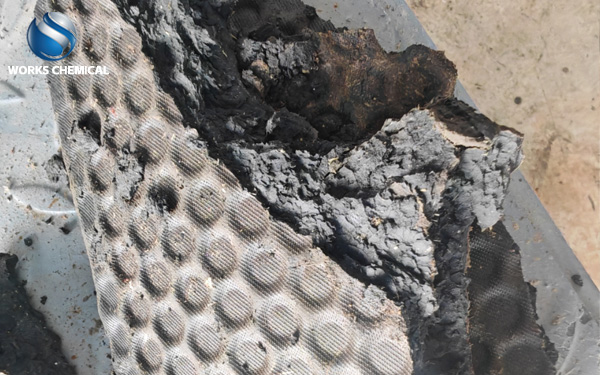
This is a systematic plan to reduce the operating cost of plate and frame filter press mud. It provides specific strategies from five dimensions of equipment maintenance, operation optimization, energy consumption management, waste treatment and personnel training, combined with technical parameters and practical operation suggestions:

First, equipment maintenance: reduce failure and loss
Hydraulic oil management
Anti-pollution: close the hydraulic system refueling valve channel to avoid dust entry; Replace the hydraulic oil regularly (recommended cycle 1 year) to keep the oil clean.
Anti-leakage: Check the seal ring every day, find aging or cracks immediately replace; The hydraulic tank level is controlled at 45%-85% to avoid idling or overload.
Filter cloth and filter plate maintenance
Filter cloth: replace it every 3 months, clean the filter cloth every day to prevent clogging; Avoid sharp objects entering the filter press to reduce the risk of breakage.
Filter plate: Use nylon scraper to clean the mud at the feed port to prevent the filter plate from contacting the pressure directly; When there is leakage at the edge of the filter plate, repair the groove with special tools in time.
Sealing system inspection
Check the sealing strip at the connection of the filter plate every month, and replace it when it becomes hard after aging; Piston seal wear will lead to poor pressure retention, need to be regularly lubricated or replaced.
Two, operation optimization: improve efficiency and stability
Feed parameter control
Concentration: controlled at 400-600g/L, balancing filtration speed and equipment load.
Pressure: Adjust the pressure in stages, 0.11-0.12MPa at the initial feeding stage, 0.149-0.159MPa at the filtration stage, to avoid equipment wear caused by more than 0.18MPa.
Automatic monitoring
Install pressure sensor and turbidity detector, adjust the dosage of flocculant (such as PAC, PAM) with real-time feedback data, and optimize the moisture content of mud cake.
Pressure retention and leakage treatment
If the filter plate leaks, check the seal and replace it; Clean cloths to avoid pressure instability.
Three, energy management: accurate control of energy costs
Pharmaceutical optimization
The compound ring control system is used to automatically adjust the dosage of flocculant according to the influent flow rate and turbidity to reduce the waste of reagents.
Equipment selection
Long-term operation can consider belt filter press (lower power consumption) or centrifuge (suitable for difficult dewatering sludge), but need to match the nature of sludge and treatment scale.
Process optimization
When the sewage treatment plant is arranged, the grouped and parallel operation of the treatment structure reduces the head loss and reduces the energy consumption of the lifting pump.
Four, waste treatment: reduce subsequent disposal costs
Control of mud cake moisture content
Extend the filtration time or fine tune the pressure, reduce the moisture content of the mud cake to 25%-30%, reduce the transportation weight and landfill costs.
Resource recycling
Slime, tailings and other mud cakes can explore the use of incineration for power generation or building materials admixtures, and it is necessary to cooperate with downstream enterprises in advance.
Compliance disposal
Pay attention to environmental policies to ensure that mud cake disposal meets emission standards and avoids the risk of fines.
Five, personnel training: standardized operation and preventive maintenance
Skills training
Operators need to master the skills of filter cloth cleaning, pressure adjustment, fault warning, etc., and pass the assessment to work.
Maintenance schedule
Make daily inspection, weekly inspection, monthly inspection list, record the hydraulic tank level, filter cloth damage, etc., establish the equipment "health file".
Incentive mechanism
Set indicators such as equipment failure rate and energy consumption, and reward teams with excellent performance.
Example of cost reduction
Hydraulic oil management: An enterprise extends the life of hydraulic oil by 30% through anti-pollution measures, and saves 25,000 yuan per year.
Filter cloth maintenance: daily cleaning + timely repair, filter cloth replacement cycle extended from 3 months to 4 months, annual savings of 18,000 yuan.
Automatic control: the dosage of flocculant is reduced by 15%, and the drug cost is reduced by 12%.
Through the above strategy, it is estimated that the operating cost can be reduced by 10%-18%, and the specific effect needs to be adjusted according to the equipment condition and sludge characteristics.